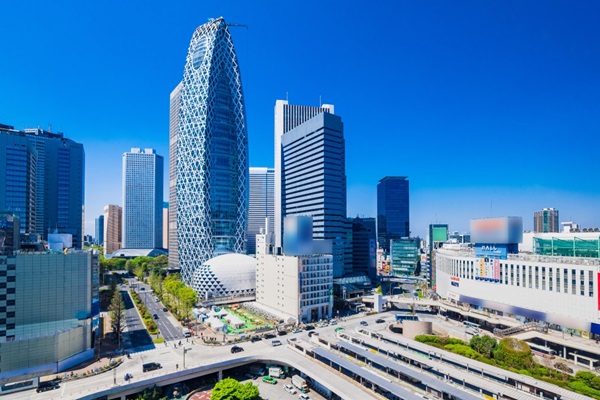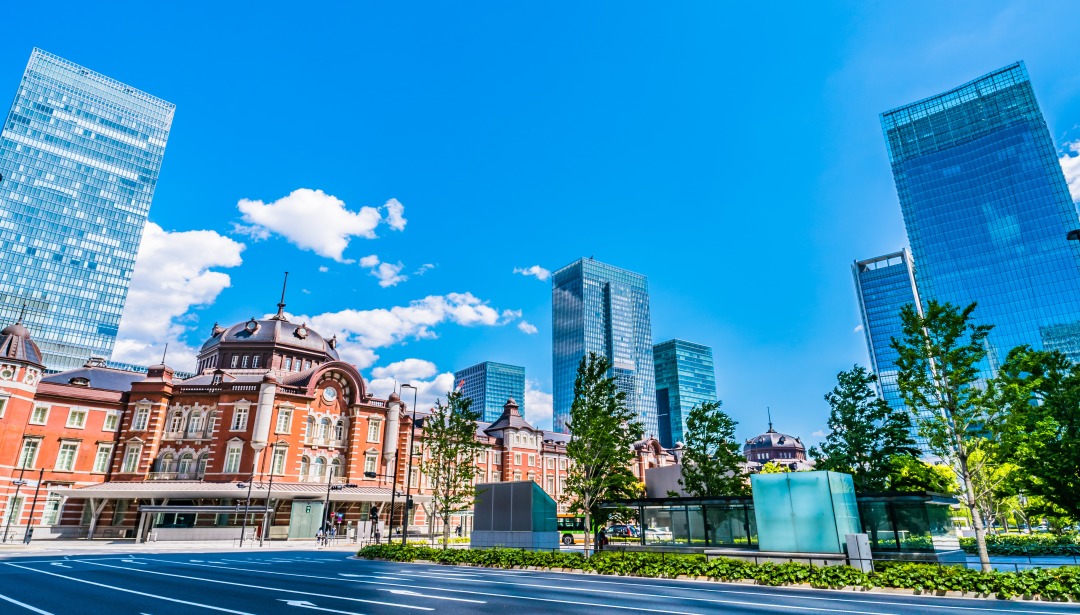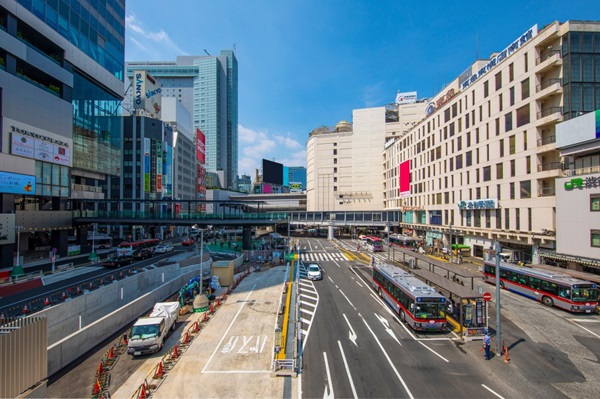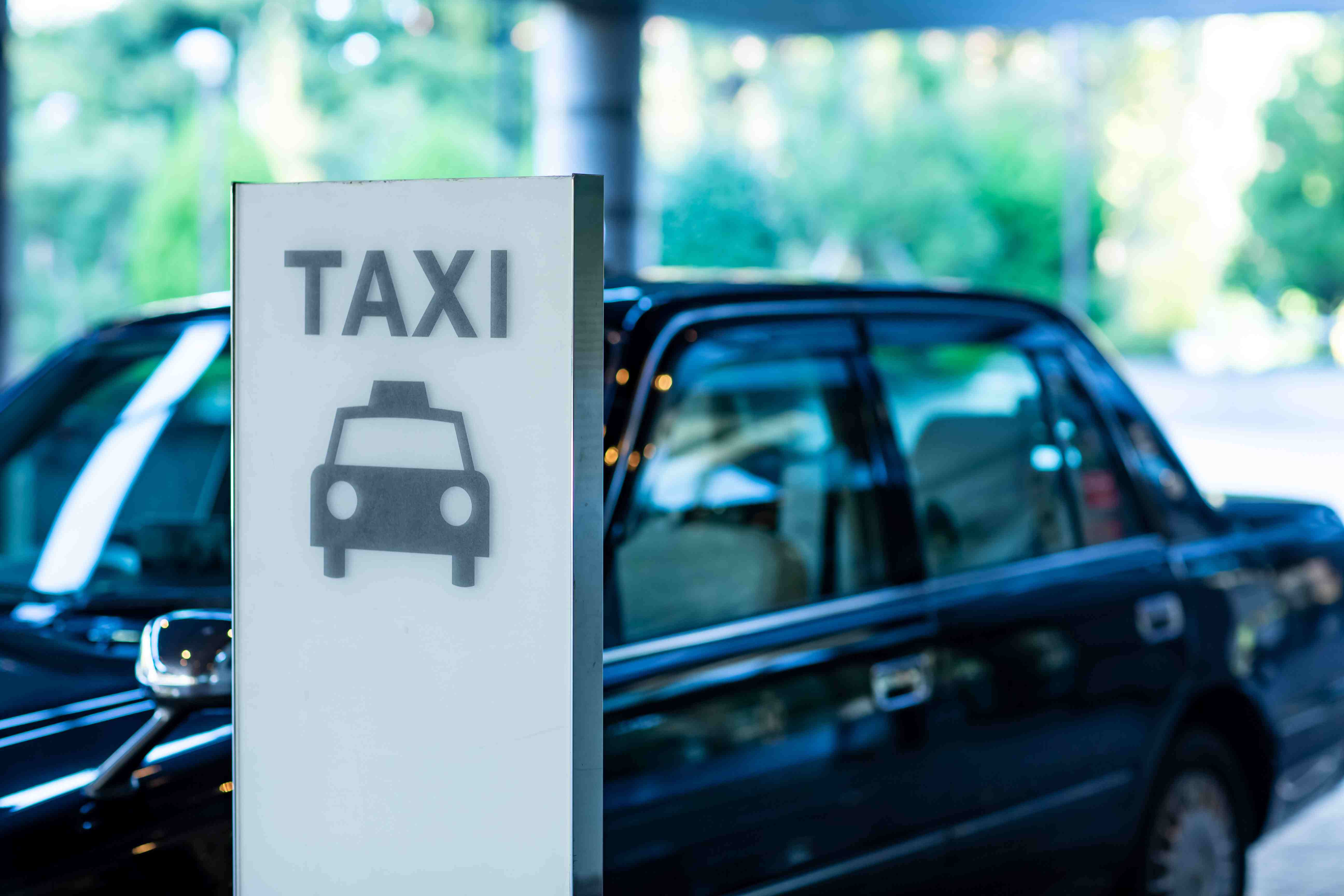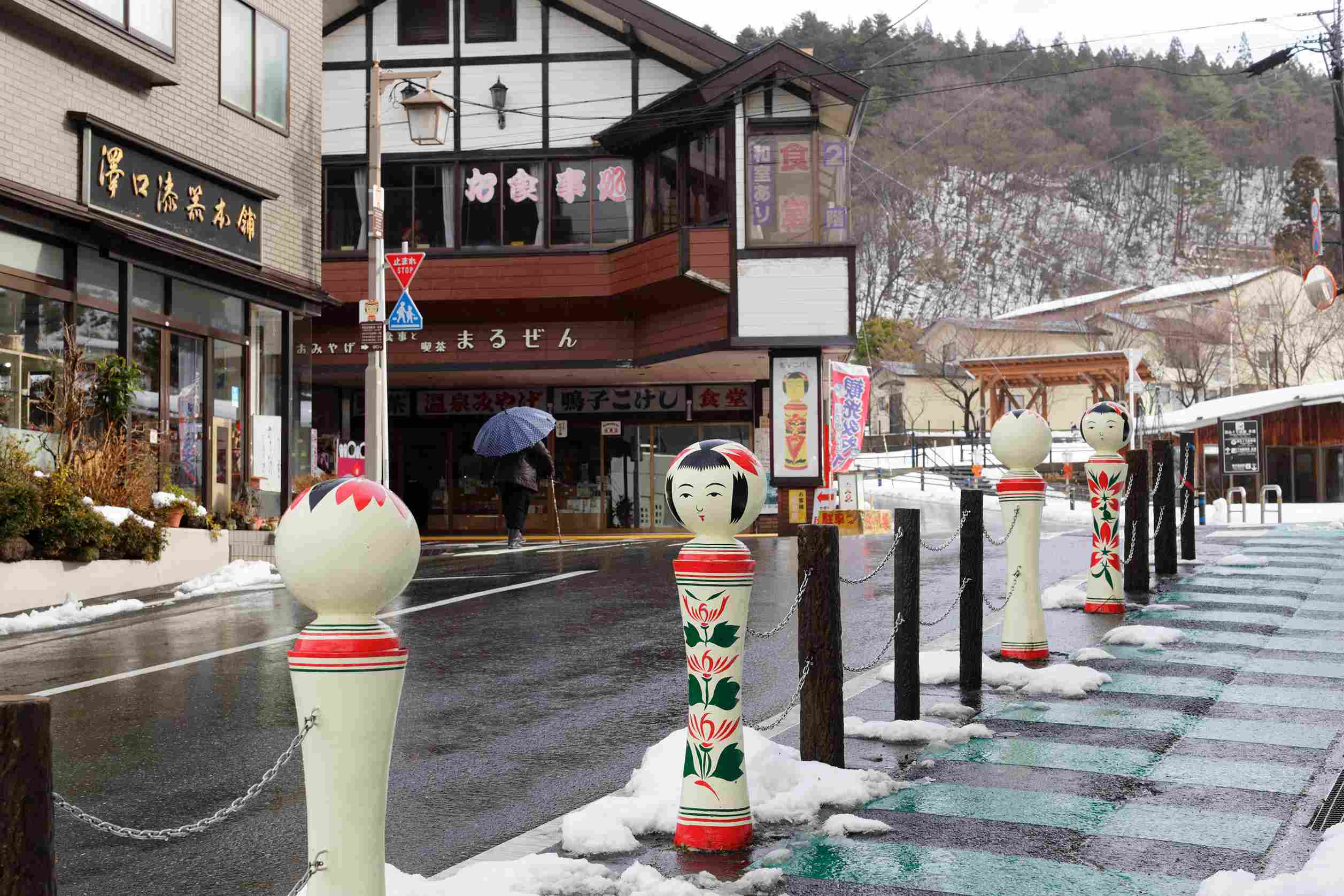Shinjuku Station is a place with strong duality and contrast.
To the east is Kabukicho, one of Japan's largest entertainment districts, and to the west is the subcenter area with the Tokyo Metropolitan Government Building and the business district.
This time, we will introduce basic information about Shinjuku Station, the ease of living in the surrounding area, its history and outlook, and recommended spots.
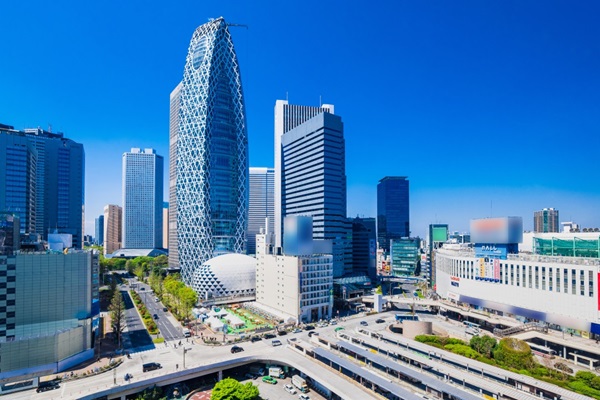
Shinjuku Station is a place with strong duality and contrast. To the east is Kabukicho, one of Japan's largest entertainment districts, and to the west is the subcenter area with the Tokyo Metropolitan Government Building and the business district. This time, we will introduce basic information about Shinjuku Station, the ease of living in the surrounding area, its history and outlook, and recommended spots.
Shinjuku Station is a place with strong duality and contrast.
To the east is Kabukicho, one of Japan's largest entertainment districts, and to the west is the subcenter area with the Tokyo Metropolitan Government Building and the business district.
This time, we will introduce basic information about Shinjuku Station, the ease of living in the surrounding area, its history and outlook, and recommended spots.
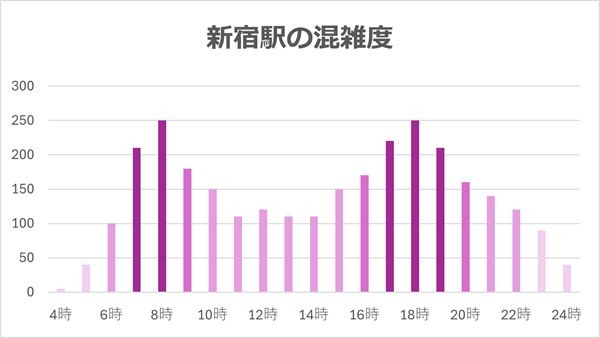
*Created independently by processing from JR East official website “Station congestion situation” and NAVITIME “Crowd forecast”
*Classified into four levels of congestion based on the numbers on the vertical axis. Very crowded (200-250), crowded (150-200), not very crowded (100-150), empty (0-100)
It tends to be crowded on Saturdays from 5pm to 7pm, and since there are many restaurants, it is thought that many people come here for dinner. Sundays tend to be crowded between 12:00 and 18:00, when many people have holidays, so it is likely that people will continue to gather.
Also, during rush hour between 7 and 8 a.m., approximately 500,000 people pass through Shinjuku Station on all lines. Since the population of Tokyo's Koto Ward and Katsushika Ward is approximately 500,000 people, the image is that people from these areas pass through Shinjuku Station all at once, which shows the scale of the station.
Route to Shinjuku Station
Shinjuku Station is served by the following 14 lines.
JR East
● Saikyo Line/Kawagoe Line
● Chuo/Sobu Line local trains
● Chuo Main Line (Tokyo-Matsumoto)
● Chuo Line Rapid
● Shonan Shinjuku Line
● Yamanote Line
● Narita Express
● Direct connection to Sotetsu Line
Subway
● Tokyo Metro Marunouchi Line
● Toei Subway Shinjuku Line
● Toei Subway Oedo Line
Private railway
● Keio line
● Keio New Line
● Odakyu Odawara Line
Using these lines, you can access Chiba in the east, Matsumoto and Shiojiri (Nagano Prefecture) in the west, Odawara and Hakone Yumoto (Kanagawa Prefecture) in the south, and Utsunomiya (Tochigi Prefecture) in the north in a straight line.
By the way, there are 9 stations with the name "Shinjuku" in the vicinity of Shinjuku Station.
● Shinjuku Gyoemmae Station (Marunouchi Line)
● Shinjuku Sanchome Station (Marunouchi Line, Fukutoshin Line, Shinjuku Line)
● Shinjuku Nishiguchi Station (Oedo Line)
● Seibu Shinjuku Station (Seibu Shinjuku Line)
● Nishi-Shinjuku Station (Marunouchi Line)
● Nishi-Shinjuku Gochome Station (Oedo Line)
● Higashi-Shinjuku Station (Fukutoshin Line, Oedo Line)
● Minami-Shinjuku Station (Odakyu Line)
As you can see, Shinjuku Station is a huge station that is connected to a variety of lines, but it is said that approximately 2,400 trains come in and out of JR Shinjuku Station alone each day. Including the Keio Line and Odakyu Line, there are approximately 6,000 trains arriving and departing each day.
Access from Shinjuku Station to major stations and airports
We will introduce the main access methods and travel times from Shinjuku Station to major stations and airports.
You can access Tokyo Station, Shibuya, and Ikebukuro Station in about 15 minutes without changing trains. Another advantage of Shinjuku Station is that it has easy access to Narita Airport, as the Narita Express runs through it.
● Tokyo Station : 4 stations on the JR Chuo Line (towards Tokyo)
● Shibuya Station : 3 stations on the JR Yamanote Line (inner loop)
● Ikebukuro Station : 4 stations on the JR Yamanote Line (outer loop)
● Haneda Airport (Terminal 2): Transfer at Shinagawa Station on the JR Yamanote Line (inner loop), then take the Keikyu Main Line (towards Haneda Airport/Special Express) for 3 stops (Haneda Airport Terminal 1 and 2 Station)
● Narita Airport (for Terminal 1) : 3 stops on the Narita Express (limited express bound for Narita Airport) (Narita Airport Station)
Sightseeing spots that can be accessed directly from Shinjuku Station
From Shinjuku Station, you can easily go to the following popular sightseeing spots with just one train.
Conventional line (limited express)
● Kofu (JR Chuo Line Limited Express Kaiji/Azusa)
● Matsumoto (JR Chuo Line Limited Express Azusa)
● Tobu Nikko (Tobu Railway Limited Express Spacia)
● Hakone Yumoto (Odakyu Romance Car)
● Katase Enoshima (Odakyu Romance Car)
● Gotemba (Odakyu Romance Car)
Conventional lines (other)
● Kawagoe (JR Saikyo Line)
● Utsunomiya Station (JR Shonan Shinjuku Line)
● Kamakura (JR Shonan Shinjuku Line)
● Takao (Chuo Line Rapid)
You can go to Higashimurayama, the sacred place of famous Japanese comedian Ken Shimura.
In addition, there are direct buses from Busta Shinjuku to the following sightseeing spots.
● Fuji Five Lakes/Mt. Fuji 5th Station
● Ikaho/Kusatsu Onsen
● Hida Takayama
● Sendai
● Karuizawa
● Niigata
● Nagoya
● Kyoto
● Osaka
Characteristics of the area around Shinjuku Station and the reason why there are many foreign residents from Asia
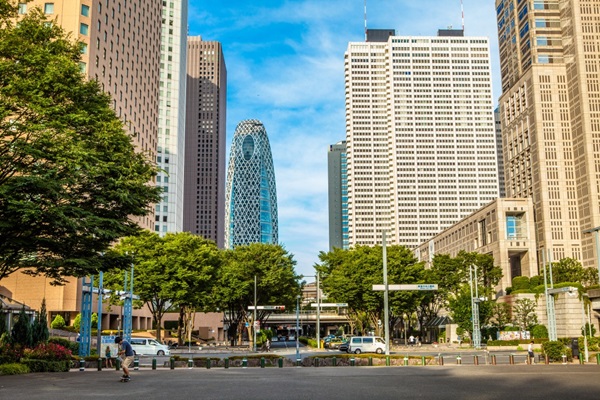
For many years, the presence of Shinjuku Station divided east and west, but this was resolved with the opening of the Free Passageway in 2020. The history of the town around the station differs greatly between the east and west.
The east side of the city, home to Kabukicho, one of the world's most famous downtown areas, is lined with many restaurants and is crowded every day until late at night. There are multiple movie theaters and amusement facilities, and the area attracts many people from Japan and abroad.
A little away from the hustle and bustle of the downtown area, you will find Shinjuku Gyoen, an urban oasis. Further south, the stylish and sophisticated "Dagaya Sando" (Sendagaya to Kitasando) is nearby, and its relaxing atmosphere is popular among people of all ages.
On the other hand, the symbol on the west side is the Tokyo Metropolitan Government Building with its impressive twin towers. It is the center of metropolitan government and the starting point of the Tokyo Marathon. The surrounding area is lined with luxury city hotels such as Keio Plaza Hotel and Hilton Tokyo . Nishi-Shinjuku, which is centered around office buildings, has a relatively calm atmosphere on weekday nights and weekends, and is characterized by its proximity to quiet residential areas such as Nakano Sakagami and Hatsudai.
The number of foreign residents living in the area around Shinjuku Station is as follows (as of January 1, 2024).
● Shinjuku Ward: 43,897 people
● Shibuya Ward: 11,935 people
Source: Tokyo Metropolitan Government statistics “ Table 1 Foreign population by nationality and region by city, town and village (top 10 countries and regions) ”
Shinjuku Ward is the area with the largest number of foreign residents in Tokyo. In particular, the majority are from China, Taiwan, and South Korea.
This is a case where the managers and employees of restaurants and shops in Shin-Okubo, one of the best Korean towns in Tokyo, live in Shinjuku Ward. In addition, Shinjuku Ward is home to Japanese language schools and Waseda University, and there are a large number of international students living in the area.
How Shinjuku Station, the vibrant hub of Tokyo, was built and its future plan
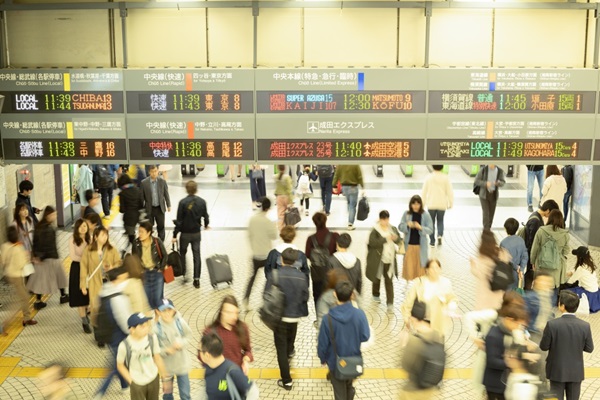
Shinjuku is the name of a new post town that was built around present-day Shinjuku Station on the Koshu Kaido in the late 17th century. The first station built in this area, which intersects with Koshu Kaido, was Shinjuku Station on the Japan Railway Shinagawa Line (now Yamanote Line).
It is hard to imagine considering the appearance of Shinjuku Station, which now has the highest number of passengers in the world, but when it first opened in 1885, it was a wooden station building with three trains per day, and there was only a teahouse in front of the station, so there was no foot traffic. Apparently it was sparse. The station building at that time was the current location of Lumine Est Shinjuku.
When the Kobu Railway (now Chuo Line) opened in 1889, Shinjuku Station became a transfer station. In 1906, the station building was moved from the current area around the east exit to the area around the south exit and along the Koshu Highway.
In 1915, Shinjuku Station on the Keio Line opened as Shinjuku Oiwake Station. The origin of the station name "Shinjuku Oiwake" comes from the fact that the junction of Koshu Kaido and Ome Kaido around Shinjuku Oiwake Station was called “Oiwake”. In 1945, it was moved to the current west exit and renamed Shinjuku Station.
When Shinjuku Station on the Odakyu Line opened in 1927, Shinjuku Station had the highest number of passengers per day in Japan. The number of people using Shinjuku Station is thought to have increased as more people moved from downtown areas such as Ueno and Asakusa that were damaged by the Great Kanto Earthquake of 1923 to western Tokyo, where the ground was more stable. The relocation of shops from Kanda and Nihonbashi areas that were damaged by the earthquake to Shinjuku is also thought to be a factor in creating the bustle around the station.
In 1964, the Shinjuku Station Building, which is now Lumine Est, opened. Since then, Shinjuku Station has been used by many people every day.
Additionally, there are currently plans for redevelopment at Shinjuku Station, including the “Shinjuku Grand Terminal Concept”. For example, we are planning an aerial deck (Sky Corridor) that connects east and west above the railroad tracks. It will become easier to travel between the east and west of Shinjuku Station, and the convenience of Shinjuku Station itself will likely increase even further.
Spots where you can enjoy Japanese culture, nature, and entertainment around Shinjuku Station
The charm of Shinjuku Station is endless, but here are five recommended spots nearby where you can experience a variety of elements, from nature and Japanese culture to entertainment.
"NEWoMan" located inside Shinjuku Station is perfect for choosing meals and souvenirs
NEWoMan, located inside and outside the ticket gates of JR Shinjuku Station and part of the JR Shinjuku Miraina Tower, is visited by many foreign tourists, especially from Asia. Miraina Tower is directly connected to Busta Shinjuku, making it the perfect place to eat before or after using the express bus or to pick up souvenirs.
Inside the ticket gate is a food shop offering a variety of take-out items such as sweets, bread, and side dishes. One of them is QBG Lady Bear, a natural sweets shop run by a long-established honey store in Japan. A directly managed store of a manufacturer specializing in natural sweeteners founded in 1931, we promote the appeal of natural sweetness such as honey. We have a variety of sweets with a gentle taste, such as a healthy rare cheesecake made with tofu and cute cakes in a jar (jar sweets), all made with the sweetness of sweeteners such as honey.
A variety of restaurants are located outside the ticket gates and in the Miraina Tower area. At the oyster bar "WHARF" on the second floor of Miraina Tower, you can enjoy oysters from all over Japan. The specialty is the ``Oyster Seafood Tower,'' which is a two-tiered arrangement of raw, grilled, and steamed oysters, as well as rare oyster dishes such as broiled and namero.
Tokyu Kabukicho Tower, which includes a festival-style food hall and a luxurious movie theater
Tokyu Kabukicho Tower, which opened in 2023, is a commercial complex located in the Kabukicho area. Based on the concept of ``mastering your passion,'' the building will house a variety of entertainment facilities, including two hotels, restaurants, a movie theater, and a theater.
Tokyu Kabukicho Tower's movie theaters are equipped with reclining functions and side tables, and all seats are equipped with premium seats that are customized to eliminate as much noise as possible while watching movies, creating a luxurious experience.
At the food hall "Shinjuku Kabuki Hall ~ Kabuki Yokocho" on the second floor, there are food stalls where you can enjoy about 2,000 types of local gourmet food from all over Japan, Korean food, and more, so you can easily enjoy the festival atmosphere. It attracts many tourists from all over the world, including the United States and Europe, and is crowded every day as a place where foreigners and Japanese culture can meet.
Tokyu Kabukicho Tower official website
Hanazono Shrine, a power spot that continues to watch over the metropolis of Shinjuku
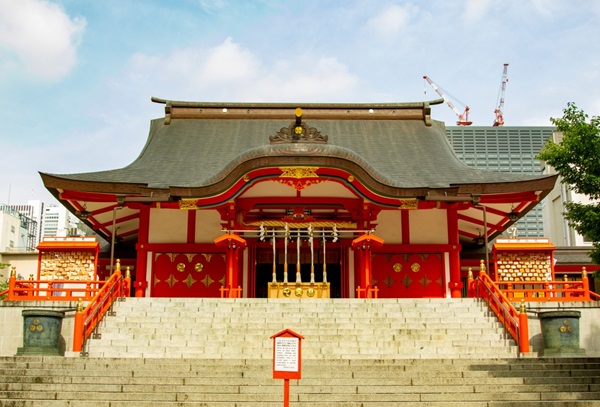
"Hanazono Shrine" is enshrined as the general guardian of Shinjuku. This is a historic shrine that has been worshiped since before Tokugawa Ieyasu founded Edo (1603). The shrine building has been rebuilt multiple times due to fires and war damage, and the current bright vermillion shrine building was built in 1965.
In addition to blessings for good fortune and success in business, Geino Sengen Shrine within Hanazono Shrine also brings blessings for entertainment, and Itoku Inari Shrine brings blessings for marital harmony, marriage, and childbearing.
Additionally, the ``Tori no Ichi'' (*) festival held every year attracts many people. It is characterized by the sale of colorful lucky kumades that are said to bring good fortune in the new year, and there are kumades of various sizes lined up. There will also be a wide variety of stalls, making it an event where you can fully experience the festival atmosphere.
*A festival held in various parts of the Kanto region on Rooster Day in November every year to pray for good luck and prosperous business.
Hanazono Shrine official website
Shinjuku Gyoen National Garden, a place where you can take a break in the city
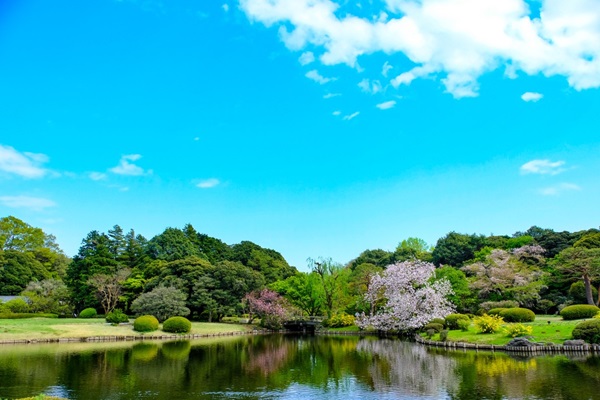
Speaking of the large park around Shinjuku Station, Shinjuku Gyoen National Garden is in the Shinjuku 3-chome area. This is Japan's first modern Western garden, which skillfully combines various garden styles.
Shinjuku Gyoen National Garden, which originally began as the lower residence of the Naito family, was used as an agricultural technology research facility during the Meiji period as the Naito Shinjuku Experiment Station. Afterwards, it was developed as an imperial garden, and after the war in 1949, it became open to the public as a national park.
At Shinjuku Gyoen National Garden, you can enjoy the scenery of each season. It has been selected as one of Japan's top 100 cherry blossoms viewing spots, and there are 68 types of cherry blossoms in the garden. One of the attractions is that you can enjoy the cherry blossoms for a long period of time, from February to the end of April.
Leisure sheets can be laid out in some areas of the lawn, so you can enjoy a leisurely picnic while admiring the scenery. It is a spot where you can forget the hustle and bustle of the city and spend some relaxing time.
Shinjuku Gyoen National Garden official website
"Tokyo Metropolitan Government Building Observation Deck" where you can enjoy the night view of Tokyo with no admission fee
On the 45th floor of the Tokyo Metropolitan Government Building in the Nishi-Shinjuku area, there is an observation room that anyone can enter for free.
From a height of 202 meters above ground, you can see the buildings in the Nishi-Shinjuku area, Tokyo Tower, Tokyo Sky Tree, and even Mt. Fuji. Especially at night, you can easily enjoy the beautiful night view for free. Because it overlooks the Shinjuku area, which is popular for tours for foreign tourists, it is easy to include this spot, and it becomes a spot that attracts many tourists every day.
Tokyo Metropolitan Government Official Website
Is that true? Trivia about Shinjuku Station that you'll want to share with others
I'm sure you've already learned a lot about the area around Shinjuku Station, but I'd like to share some trivia about Shinjuku Station that you'll want to share with someone.
Background that Shinjuku Station was once divided into “east and west”
The east-west division of Shinjuku Station consisted of a strategy by each railway operator to guide users to their own commercial facilities (Lumine, Keio Department Store, Odakyu Department Store, etc.). This structure impaired the overall convenience of the station.
A free passageway opened in 2020 to resolve the east-west divide. Admission tickets are no longer required when traveling from east to west within JR Shinjuku Station, saving time and effort.
The free passageway at Shinjuku Station not only increases convenience for station users, but also contributes to the revitalization of the area around the station where commercial facilities, offices, hotels, etc. are concentrated, leading to the revitalization of Shinjuku Station.
Why Shinjuku Station are so far away from Seibu Shinjuku Station?
The original Seibu Shinjuku Line ran between Higashimurayama Station in western Tokyo and Takadanobaba Station in the north of Shinjuku. In 1952, the line was extended from Takadanobaba Station to Seibu-Shinjuku Station, and the line from Higashimurayama to Honkawagoe in Saitama became direct, and the line was renamed the Seibu-Shinjuku Line.
Initially, the aim was to connect to Shinjuku Station, but the plan to connect to Shinjuku Station was abandoned due to equipment constraints. In 1977, the current Seibu-Shinjuku Station building was completed, and Seibu-Shinjuku Station was eventually located a little further away from Shinjuku Station.
Summary
When Shinjuku Station first opened, there weren't many people around, and it was a very small station that is hard to imagine today. It is now the station with the highest number of passengers in the world.
Additionally, the area around Shinjuku Station is a complex area with different faces to the east and west. The liveliness of the Kabukicho area on the east side coexists with the tranquility of the skyscrapers including the Tokyo Metropolitan Government Building on the west side, and a variety of routes and facilities are concentrated here. Shinjuku Station, which has a deep history and continues to evolve, will continue to develop as the center of the city.
If you are considering purchasing real estate near Shinjuku Station, please refer to the ease of living around Shinjuku Station introduced in this article.


